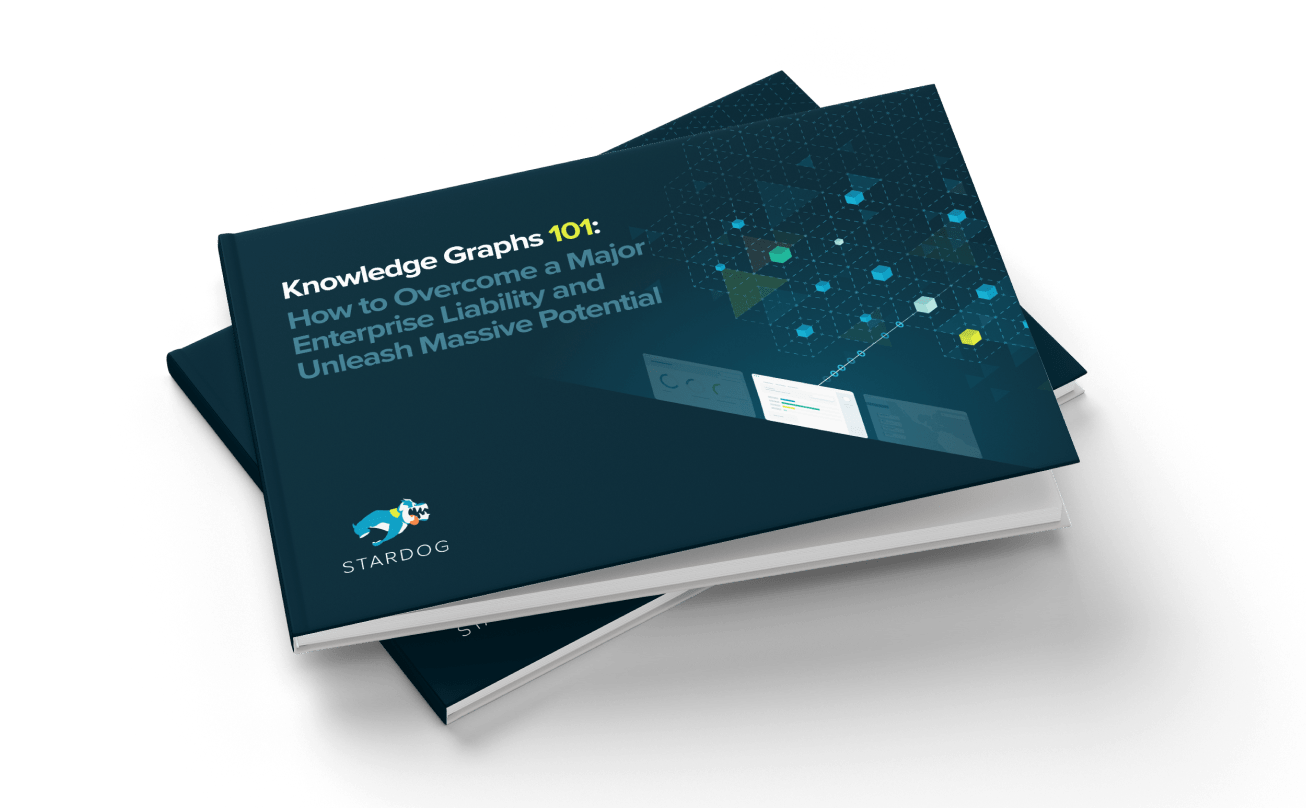Using Knowledge Graphs to Achieve Operational Resilience

Get the latest in your inbox

Get the latest in your inbox
The last several years have seen a nearly unprecedented convergence of disruptive events: a global pandemic, a recession, and widespread social unrest. We live in uniquely uncertain times. And, as we look to the future, there is little indication the path will become much smoother. Climate change, technological disruption, shifting political and regulatory regimes; these are all near-term certainties. According to McKinsey, supply chain disruptions lasting a month or longer are now happening on average every 3.7 years.
But a secondary crisis also exists, which exacerbates the others: namely, the inability of most organizations to preemptively identify and plan for threats. In a world where the one certainty is uncertainty, why are so many organizations caught flat-footed? Put simply, it’s because of disconnected data.
Organizations are unable to get a complete view into their operations. They cannot see dependencies or the true nature of how work gets done in their organization, across people, places, and things. Perhaps worst of all they cannot see the resources they can muster in a crisis. Even if organizations have collected information on possible risk events and stood up policies to respond to them, they are not stitched together in a unified way that enables a robust and timely response.
Consider the challenges around managing operational risk at a bank. To mitigate a data breach, most banks institute tens of thousands of controls — internal IT asset management systems, policies, procedures, and processes to safeguard the bank’s assets. At most banks, these controls exist across a dozen or more systems, and, in the event of a breach, responders need to analyze each individual system ad-hoc to figure out what went wrong. This is not only quite time-consuming, but it also means analysts cannot be sure they have incorporated all the data relevant to that particular incident.
The problem here is that the way the data systems are structured does not reflect the networked way in which the policies and assets operate. One employee or one external, malicious actor interacting with one laptop or one bank account triggers a control in one system. In reality, however, all these various actors, assets, control and systems are interconnected. Treating them as disconnected entities leads to, at best, an incomplete or disjointed response.
Conversely, treating these pieces as an interconnected network allows you to instantly see connections and manage operational risk. The goal for organizations should be to develop operational resilience — the ability to sustain operations through inevitable cyclical and structural changes in supply and demand.
Why?
Operationally resilient organizations are better able to serve customers and deliver value to shareholders through times of crisis. They can transition from reactive risk mitigation to proactive risk management and measure the cost of a particular incident and account for it in strategic planning. They can burnish their reputation by minimizing the disruption of risk events and proactively reporting risks to regulators.
Operationally resilient organizations share several characteristics in common. They can
The way to fill the gap between where most organizations’ data systems are today and operational resilience is a broad, reusable data layer that unifies information and identifies relationships between various assets. This is where Stardog comes in.
Knowledge graphs are specifically designed to support multiple versions of the truth and be iterative and deliver compounding business value. Knowledge graphs can create a “digital twin” of your physical assets and how they are networked, making it easy to instantly see and then analyze systemic risk.
With Stardog’s unique approach to Enterprise Knowledge Graph, you can use Virtual Graphs to tap into existing data resources without disrupting legacy processes. Our Inference Engine automatically uncovers new relationships in your data and then provides explanations for how these new relationships were derived. And finally, our platform allows for easy traversal of linked information in your graph so you can uncover dependencies within your data and identify root causes.
Interested to learn more about how Stardog can help your organization become operationally resilient? Let’s chat! And in the meantime, check out our customers for some examples of Enterprise Knowledge Graphs in action.
How to Overcome a Major Enterprise Liability and Unleash Massive Potential
Download for free